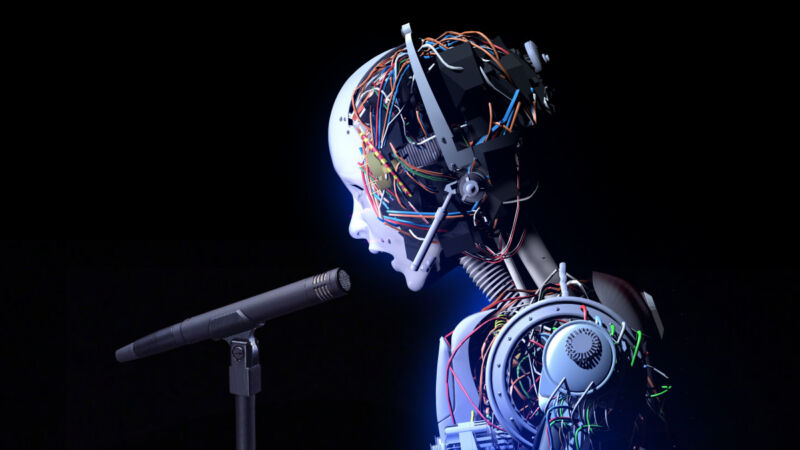Enlarge / An image of a boy amazed by flying letters. (credit: Getty Images)
Some weeks in AI news are eerily quiet, but during others, getting a grip on the week’s events feels like trying to hold back the tide. This week has seen three notable large language model (LLM) releases: Google Gemini Pro 1.5 hit general availability with a free tier, OpenAI shipped a new version of GPT-4 Turbo, and Mistral released a new openly licensed LLM, Mixtral 8x22B. All three of those launches happened within 24 hours starting on Tuesday.
With the help of software engineer and independent AI researcher Simon Willison (who also wrote about this week’s hectic LLM launches on his own blog), we’ll briefly cover each of the three major events in roughly chronological order, then dig into some additional AI happenings this week.
Gemini Pro 1.5 general release
(credit: Google)
On Tuesday morning Pacific time, Google announced that its Gemini 1.5 Pro model (which we first covered in February) is now available in 180+ countries, excluding Europe, via the Gemini API in a public preview. This is Google’s most powerful public LLM so far, and it’s available in a free tier that permits up to 50 requests a day.









